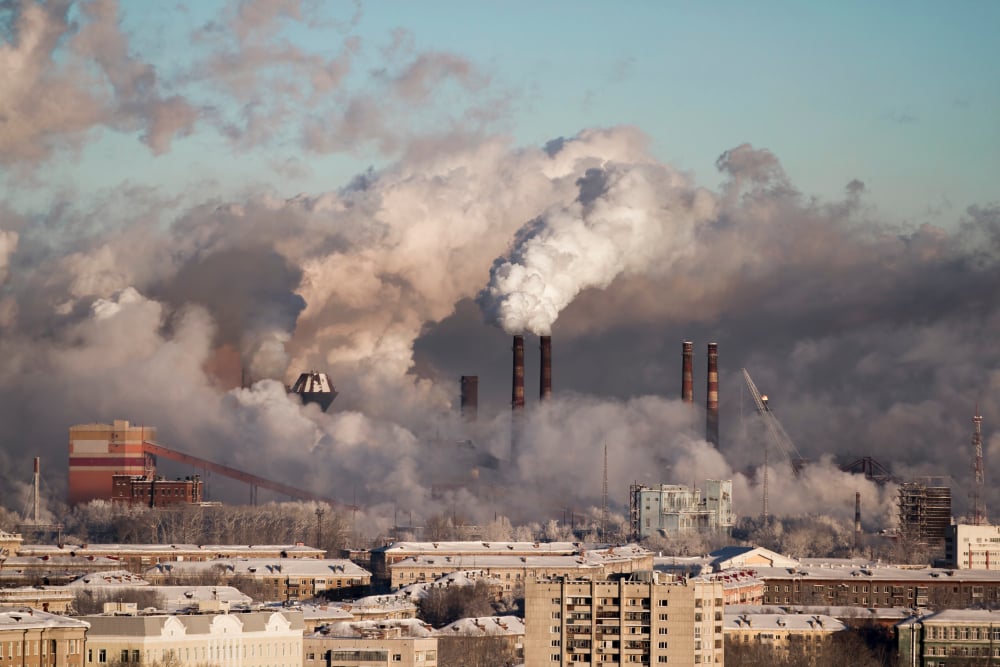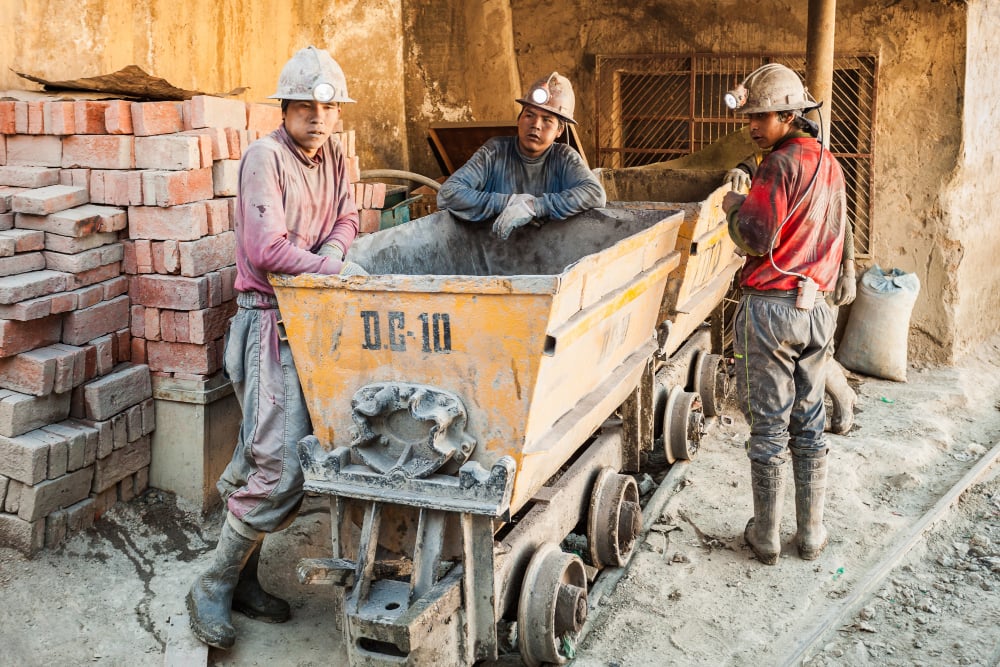According to Weber’s theory of industrial location, industries choose locations to reduce costs and maximize profits. This theory focuses on transportation and labor expenses.
Any economic activity, be it agriculture, manufacturing or service-related, requires one to decide where to set up shop. This choice is often viewed through multiple lenses, including affordability, convenience, accessibility and more. An entrepreneur’s decision involves various trade-offs, as one often cannot find a perfect location.
The spatial patterns of manufacturing industries are often influenced broadly by proximity to markets, raw materials and labor. However, we also often find instances where the setting up of an industry builds a surrounding market, attracts labor and develops a township around itself. Thus, this article will try to examine factors that influence the location of setting up any industry.
Recommended Video for you:
Why Is It Important To Study The Spatial Decisions Of Any Industry?
Usually, the decision to pick a location does have some regularities among individual actors. The most prominent one is externalities. Externality means accruing a cost (negative externality) or a benefit (positive externality), as an impact of someone else’s decision.
For example, if your neighbor plants plenty of trees in their garden, you benefit from clean and cool air coming your way! In a similar vein, once a steel company sets up a unit, often other steel companies will be attracted to the same location by virtue of reduced costs.
Therefore, locational decisions made by a previous group of actors tend to influence the current decisions of new entrants. This is a classic example of how industries tend to agglomerate, as they can enjoy joint benefits from the collective usage of raw materials or any other resource that is commonly required in the production process.

Since industries tend to agglomerate, it is important to understand what factors influence their choice and plan for a development in a particular region. Understanding these patterns also helps governments decide on incentives when setting up industrial zones. Similarly, it helps in building well-planned cities by deciding which industries must agglomerate where. For instance, industries that cause air pollution are usually set up on the outskirts of towns and cities.
How Do Industries Pick A Location?
Alfred Weber, a German economist, formulated a theory to predict the pattern of spatial decisions for setting up industries in 1909. This is known as the Least Cost Theory, and as the name suggests, the primary motive for choosing any location is to minimize costs.
While industries today have various costs that are specific to their primary activity, Weber focuses on two costs that are common across all industries – transportation costs and labor costs. Another element that often influences spatial decisions is the agglomerating and deglomerating factors.
According to the theory, the choice of setting up any industry depends on its proximity to the consumption market or raw materials.

He further classifies industries into two major types – weight gain and weight losing. Weight-gaining industries are those wherein the final product is heavier than the weight of the inputs used. For example, consider the cotton cloth industry.
On the other hand, weight-losing industries are those wherein the raw material is lighter than the finished goods, such as paper-making industries. Weight-losing industries must be located near the raw material source, as the cost of transporting the raw material would be higher for the industry.
Weight-gaining industries must be located closer to the market, as transportation to the market incurs higher costs. This is true because, according to Weber, transportation costs are directly proportional to the weight of the commodity. Thus, the heavier the commodity, the higher the transportation costs; hence, it is economical to set up the industry closer to the heavier portion of the production.
Apart from raw materials, Weber also considered labor costs, but did not think of the availability of labor as a hindrance. For him, the labor supply was unlimited. Therefore, wherever industries are set up, labor will flock there, searching for employment opportunities.
Hence, raw materials and finished goods heavily influence the industrial location, because the location of the market was fixed. The theory fixes the position of the market. He created a locational triangle, wherein the market would be located at the tip, and two raw material sources are the two corners. The industry would be set up at an intermediate location between the market and the two raw material sources, or closer to one resource, based on the weights exerted by each source.
Why Do Industries Tend To Cluster?
Another factor that influences spatial decisions is the agglomerating and deglomerating factors. Agglomerating, as the name suggests, refers to the setup of multiple industrial units in a particular location due to factors like overhead cost savings, savings due to government subsidies provided in a specific location, and savings due to closer proximity to auxiliary industries.
For instance, think of Special Economic Zones (SEZs), where the government subsidizes the cost of land, offering tax holidays and a range of subsidies to attract a host of industries. Outside of government, similar industries often flock to certain locations to benefit from lower costs and tax schemas.

Conversely, the main deglomerating factor that the theory highlights is rising rent due to the increase in the local concentration of industries. In a way, the agglomerating force is merely reinforcing an agglomeration caused by the reduction in the transportation and labor factors.
Conclusion
Weber only looked at how industrial activities tend to organize themselves by fixing the market location and focusing on two major factors: labor and transportation costs. In a globalized world, cost takes precedence over location.
Since weight is not directly proportional to costs after a certain weight, the cost of transportation often reduces per unit; the location, therefore, may not necessarily be influenced by this factor. Additionally, labour supply is not perennial.
It may be perennial for developing countries, which have an overwhelming unemployed population, but developed nations often face labor shortages, which is why so many multinationals are set up in developing countries. To assume labour supply to be unlimited is a very bold assumption.
While this may not be the best theory to fully explain the spatial choice of every industry, it has helped spark research in the direction of locational studies. It went on to become the foundation of many other locational theories during the 1950s. Researchers, while focusing on cost minimization, have tried to modify factors that influence spatial decisions and decode these critical patterns.












